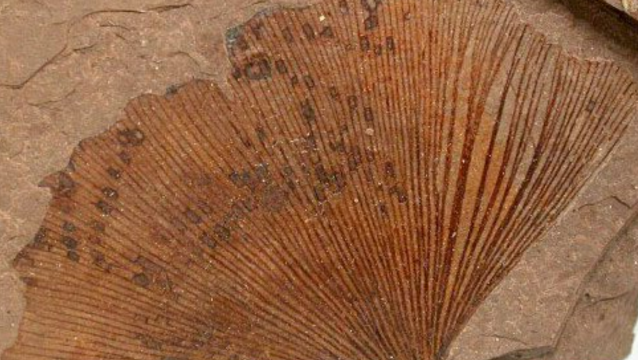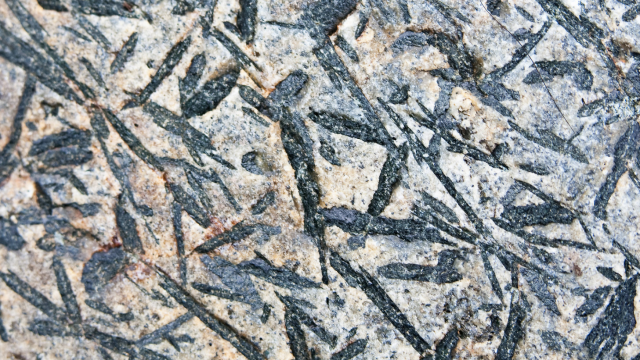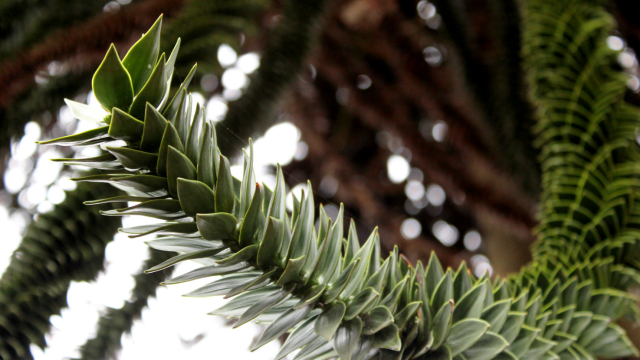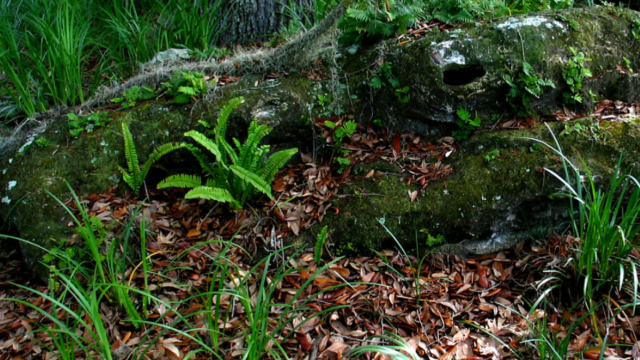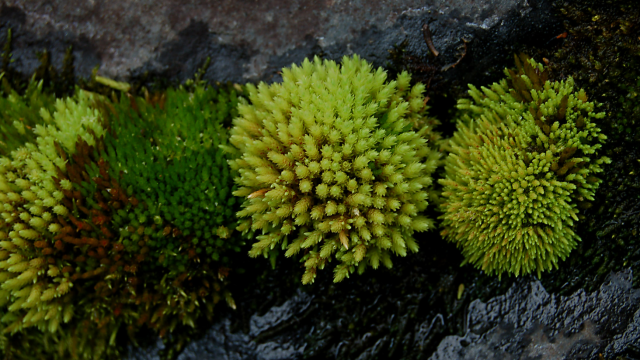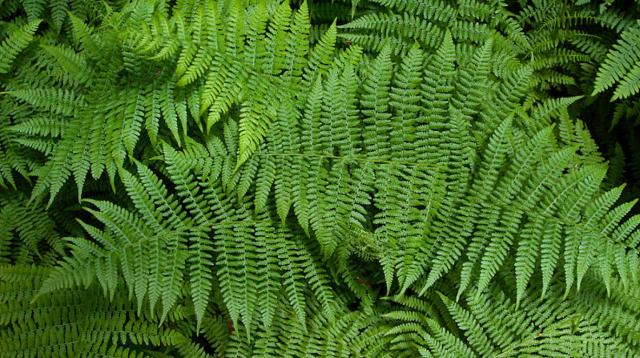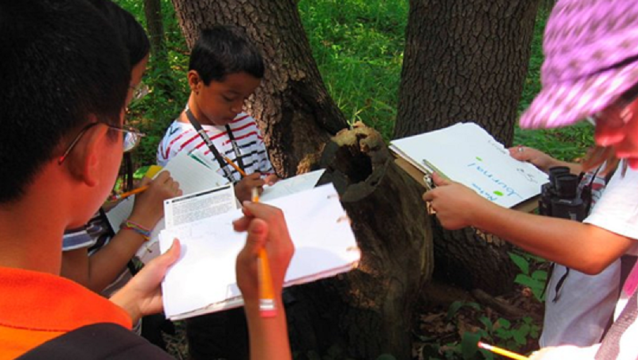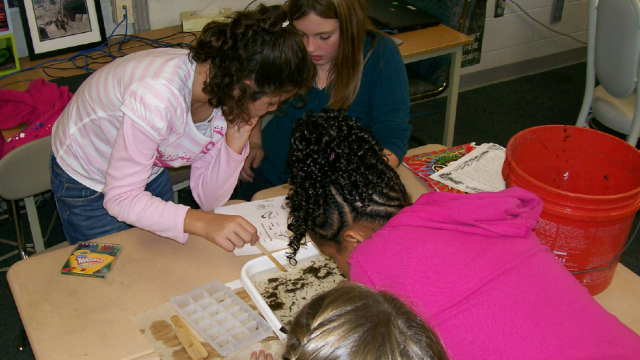Plant Adaptations: Past and Present
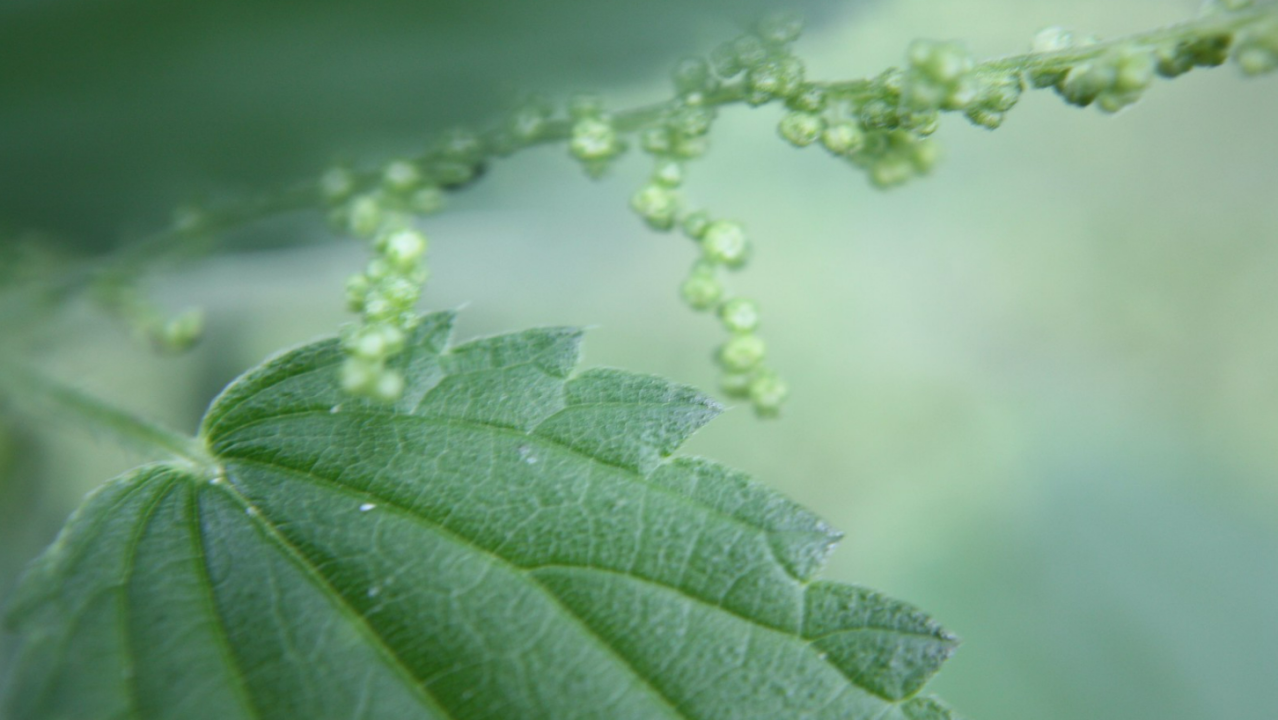
Unit Navigation
-
Unit Overview
Plant Adaptations: Past and Present
Authentic Literacy and Language (ALL) for ScienceRecommended for Grade 4
This complete and integrated 15-day teaching unit on producers in ecosystems follows the Authentic Literacy and Language (ALL) for Science curriculum framework that promotes science sense-making and language sense-making through three aligned components:

Throughout this unit, children work as paleobotanists investigating four representative plants: mosses, ferns, conifers, and flowering plants. These representative plants are members of the much broader groups of plants (nonvascular plants, vascular plants, gymnosperms, and angiosperms) that have existed on Earth. Using live plants for observations, authentic fossil images, and text investigations, children will learn how plants have made changes that allowed their survival over long periods of time.
Please refer to the “Before the Unit Begins” document for information on preparing for the unit. -
Before the Unit Begins
Welcome, educators, to Plant Adaptations: Past and Present! We encourage you to read over all of the lessons before you begin teaching the unit. The information below is specific to the science investigations.
Representative Plants
The nature of this unit requires that children have the opportunity to make observations on live plants as part of their science investigations. Below are suggestions for representative plants from each group of plants studied in this unit. The plants can come from your homes, gardens, retail stores, or online vendors (e.g., Carolina biological, Amazon).
Note that you only need one plant from each plant group, but you will need to provide each team with an actual live sample to observe. Children will make observations on these specimens on Days 6–9. Note: for the plant observations, you will need to collect leaves for Day 5 and pine cones and pine needles for Day 8 (see the Day 5 and Day 8 lessons).
The four plants groups and examples of representative plants are given below:
Nonvascular plants (bryophytes)
- moss
Vascular plants (pteridophytes)
- ferns (one large plant can provide a cut sample for each team)
Gymnosperms
- pine needles and pine cones (may be collected locally; each team will need its own bag of pine needles and cones)
Angiosperms
- any flowering plant
Before the Unit Begins Folder
There are several supporting files in this “Before the Unit Begins” section that you, the teacher, will need as you prepare for science investigations in this unit:
- The Fossil-Dig Instructions for the Teacher explains how to make the simulated “fossil digs” for Day 1. The fossil digs will need to be made several days before you begin the unit! Each simulated fossil dig used in Days 1–3 is intended for use in teams of 4–5 children. See lessons for Days 1–3 for more information.
- The Lessons at a Glance document is a snapshot of the materials you will need to prepare ahead of time for each day. The full instructions for setup are in each day’s lessons.
- The “Plant Observations” booklets will be used by teams to record their daily plant observations. You will need to make one copy of the booklet per team.
- All plant PowerPoint images should be copied in color for team use. However, you may choose to make them accessible electronically on student devices. Either way, teams need the ability and time to make careful observations of the images.
- The Science Language folder contains science language picture cards suitable for building reference-word walls for children; the teacher will need to print color copies of the picture cards before Day 1. Each day’s science language is listed near the end of the lesson, although a list of each day’s science language (and a complete alphabetical list) is also included for convenience.
Note: Any additional supporting materials (including model anchor charts and printable or downloadable files) referenced in a lesson can be found in the “Supporting Files” section for that day’s lesson.
-
Daily Activities
-
Instructional Videos


